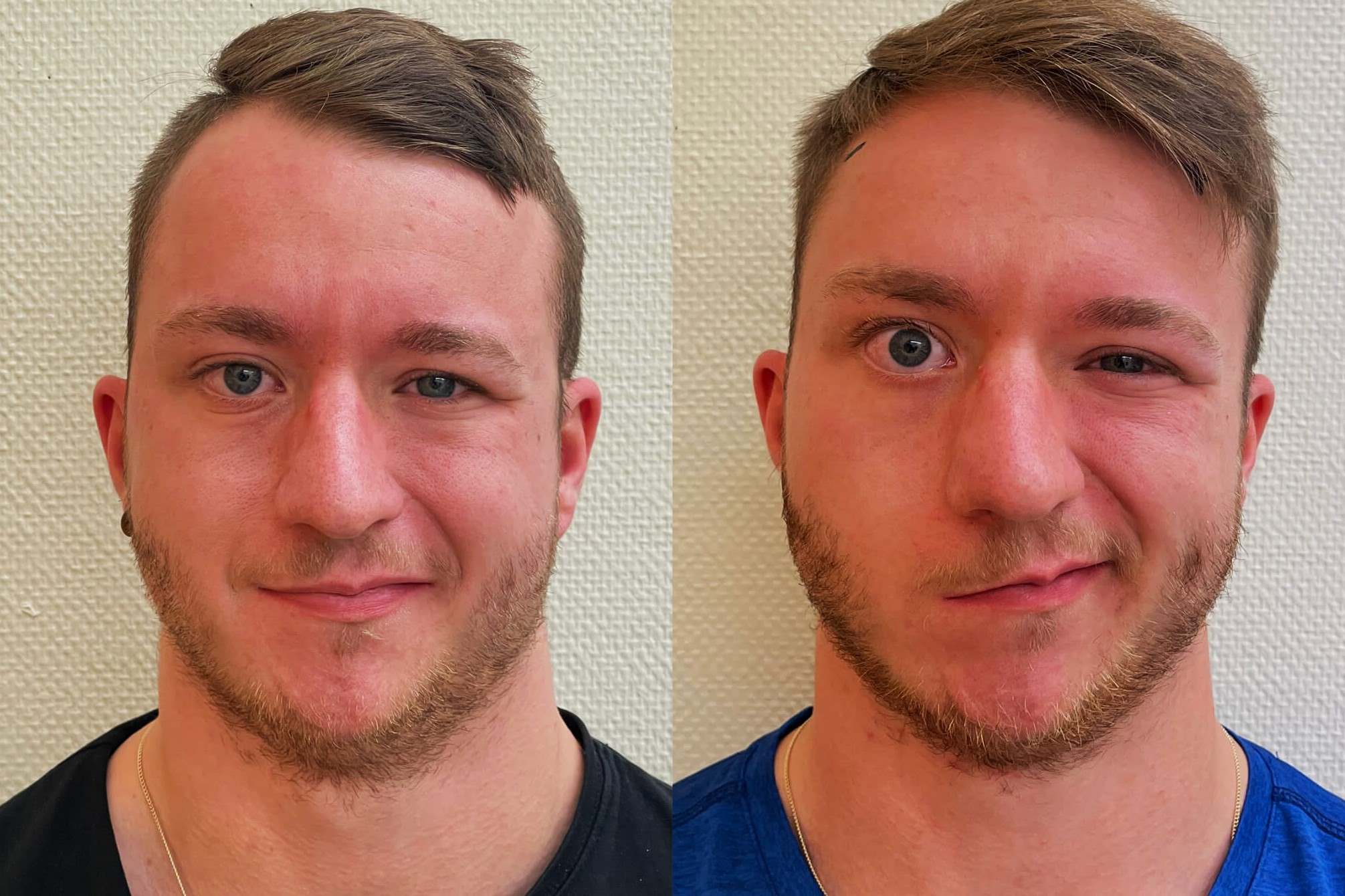
Recurrent Peripheral Facial Palsy is a condition where facial muscles weaken or become paralyzed repeatedly. This can affect one or both sides of the face, leading to drooping, difficulty closing the eye, and trouble smiling. Bell's palsy is the most common type, but other causes include infections, trauma, or neurological disorders. Understanding this condition is crucial for those affected, as it can impact daily life and self-esteem. Treatments range from medications to physical therapy, aiming to reduce symptoms and prevent future episodes. Let's dive into 25 facts that will help you grasp the essentials of this intriguing medical condition.
Key Takeaways:
- Recurrent Peripheral Facial Palsy (RPFP) is a rare condition causing facial muscle weakness. It's often triggered by Bell's palsy and can affect both sides of the face. Treatment options include corticosteroids, antiviral medications, physical therapy, surgery, and acupuncture.
- Living with RPFP can be challenging, but support groups and regular check-ups are essential. Maintaining a healthy lifestyle and managing stress can help reduce the frequency of episodes. Ongoing research aims to better understand and treat RPFP, with developments in genetic studies, new medications, improved diagnostic tools, patient registries, and public awareness.
Understanding Recurrent Peripheral Facial Palsy
Recurrent Peripheral Facial Palsy (RPFP) can be a puzzling condition. It involves repeated episodes of facial muscle weakness or paralysis. Let's dive into some intriguing facts about this condition.
-
RPFP is rare. Only about 7-12% of people who experience facial palsy will have recurrent episodes.
-
Bell's palsy is the most common cause. Bell's palsy accounts for the majority of RPFP cases, though other conditions can also trigger it.
-
Symptoms can vary. The severity and duration of symptoms can differ greatly between episodes.
-
It affects both sides. While initial episodes often affect one side of the face, subsequent episodes can occur on either side.
-
Triggers are not well understood. The exact causes of RPFP remain unclear, though viral infections and stress are suspected triggers.
Symptoms and Diagnosis
Recognizing the symptoms and getting a proper diagnosis is crucial for managing RPFP. Here are some key points to consider.
-
Sudden onset. Symptoms usually appear suddenly, often overnight.
-
Facial droop. One of the most noticeable symptoms is a drooping appearance on one side of the face.
-
Difficulty closing the eye. Affected individuals may struggle to close their eye on the impacted side.
-
Loss of taste. Some people experience a loss of taste sensation on the front two-thirds of the tongue.
-
Ear pain. Pain around the ear can precede or accompany the facial weakness.
Treatment Options
Managing RPFP involves various treatment approaches. Here are some common methods used to alleviate symptoms and prevent recurrences.
-
Corticosteroids. These are often prescribed to reduce inflammation and swelling.
-
Antiviral medications. If a viral infection is suspected, antiviral drugs may be used.
-
Physical therapy. Exercises can help maintain muscle tone and improve facial function.
-
Surgery. In rare cases, surgical intervention may be necessary to relieve pressure on the facial nerve.
-
Acupuncture. Some people find relief through acupuncture, though its effectiveness varies.
Living with RPFP
Living with RPFP can be challenging, but understanding the condition can help manage it better. Here are some insights into daily life with RPFP.
-
Emotional impact. The condition can affect self-esteem and emotional well-being.
-
Support groups. Joining a support group can provide emotional support and practical advice.
-
Regular check-ups. Regular visits to a healthcare provider are essential for monitoring the condition.
-
Healthy lifestyle. Maintaining a healthy lifestyle, including a balanced diet and regular exercise, can help manage symptoms.
-
Stress management. Reducing stress through relaxation techniques can potentially reduce the frequency of episodes.
Research and Future Directions
Ongoing research aims to better understand and treat RPFP. Here are some exciting developments in the field.
-
Genetic studies. Researchers are exploring genetic factors that may predispose individuals to RPFP.
-
New medications. New drugs are being developed to target the underlying causes of RPFP.
-
Improved diagnostic tools. Advances in imaging technology are helping doctors diagnose RPFP more accurately.
-
Patient registries. Patient registries are being established to collect data and improve understanding of the condition.
-
Public awareness. Increased awareness and education about RPFP can lead to earlier diagnosis and better management.
Final Thoughts on Recurrent Peripheral Facial Palsy
Recurrent Peripheral Facial Palsy (RPFP) isn't just a medical term; it's a condition that impacts lives. Understanding RPFP helps in managing symptoms and improving quality of life. Knowing the causes, symptoms, and treatment options empowers those affected to seek timely medical advice. Early intervention can make a significant difference.
Staying informed about triggers and preventive measures can reduce recurrence. Support from healthcare professionals and loved ones plays a crucial role in coping with this condition.
Remember, knowledge is power. The more you know about RPFP, the better equipped you'll be to handle its challenges. Stay proactive, seek support, and never hesitate to consult a healthcare provider for personalized advice.
Frequently Asked Questions
Was this page helpful?
Our commitment to delivering trustworthy and engaging content is at the heart of what we do. Each fact on our site is contributed by real users like you, bringing a wealth of diverse insights and information. To ensure the highest standards of accuracy and reliability, our dedicated editors meticulously review each submission. This process guarantees that the facts we share are not only fascinating but also credible. Trust in our commitment to quality and authenticity as you explore and learn with us.
